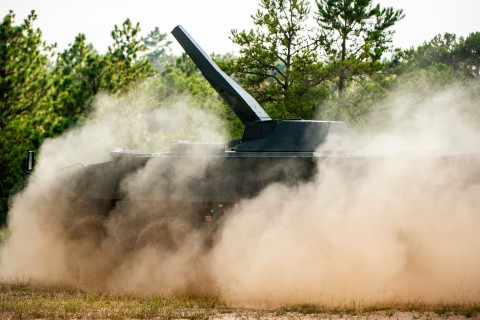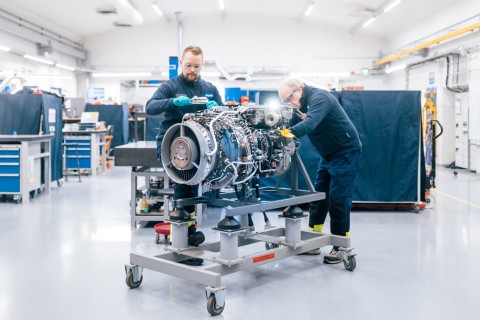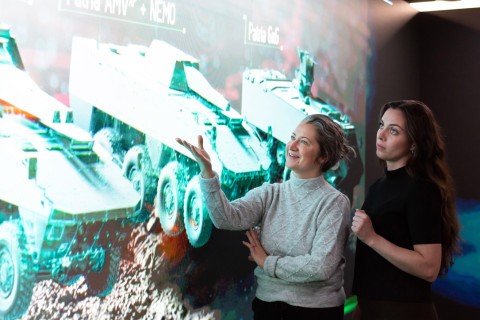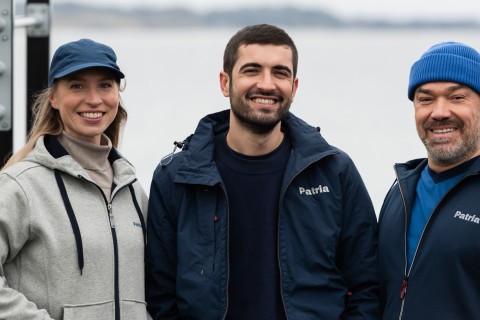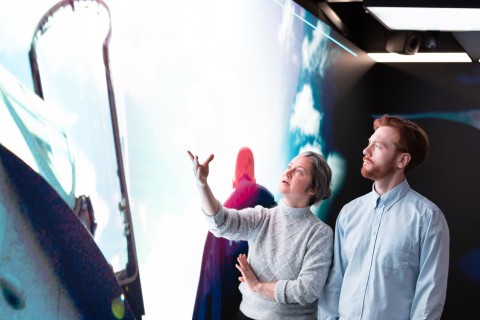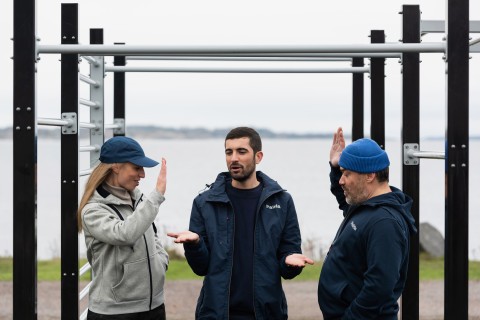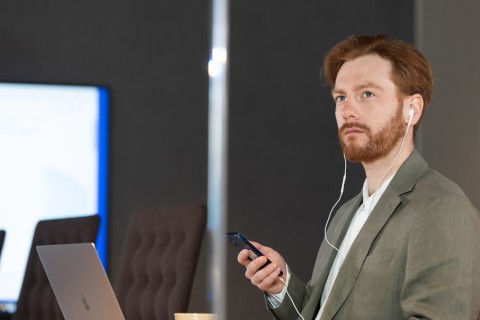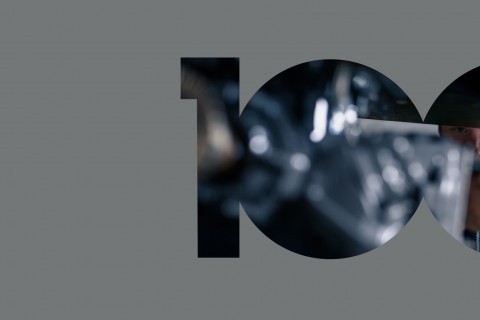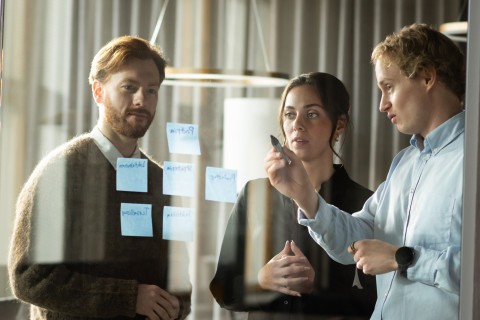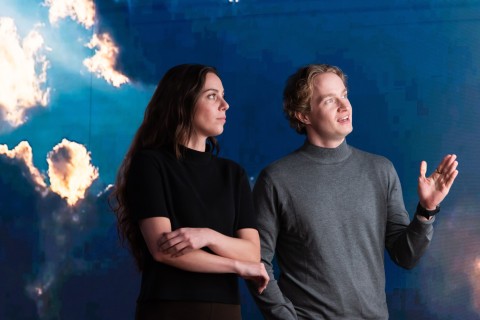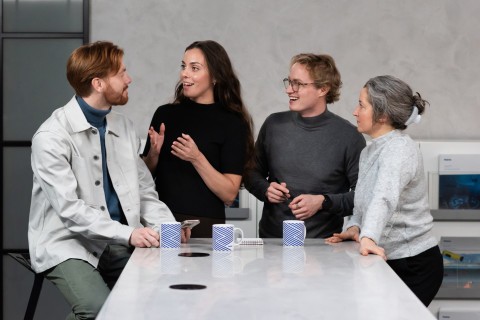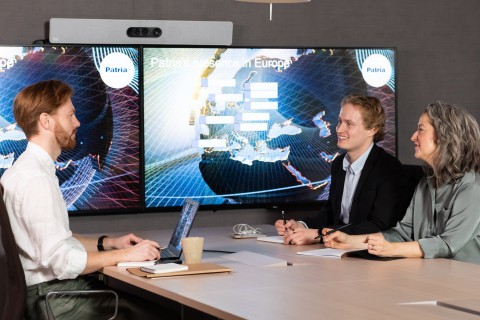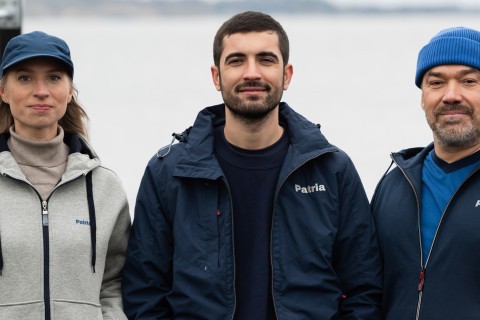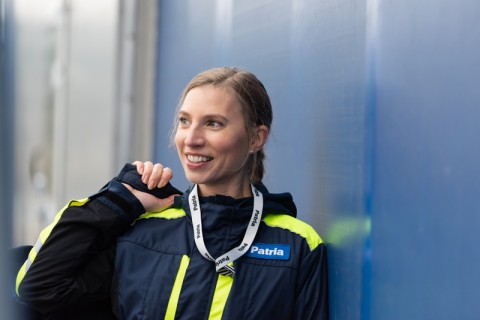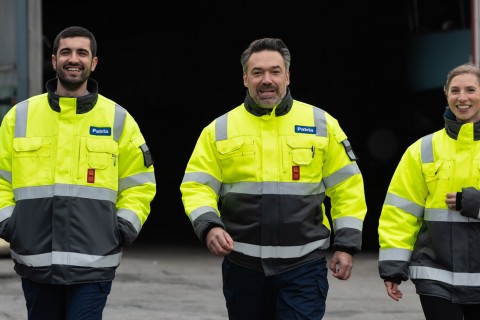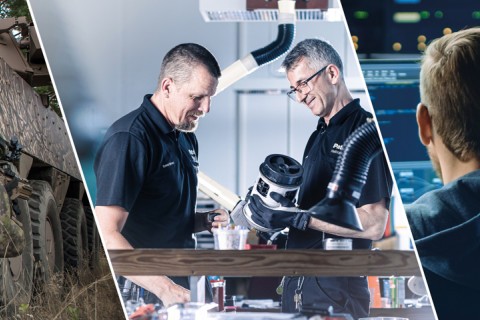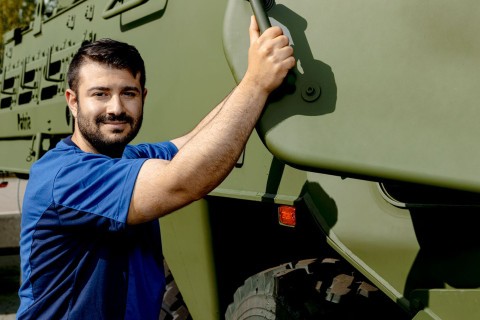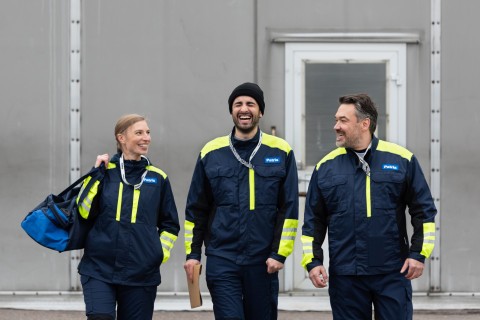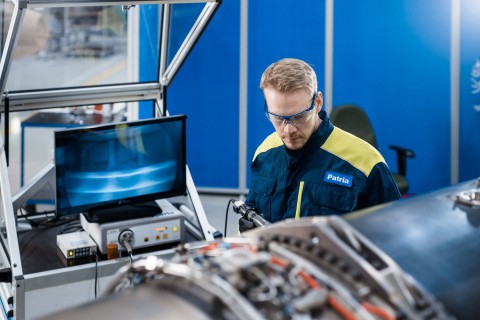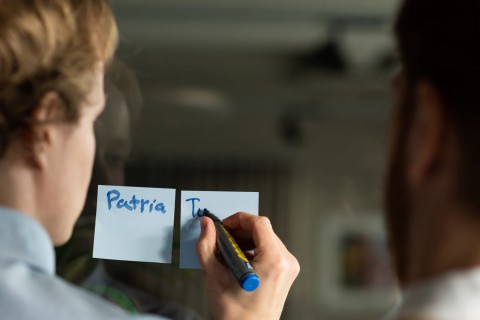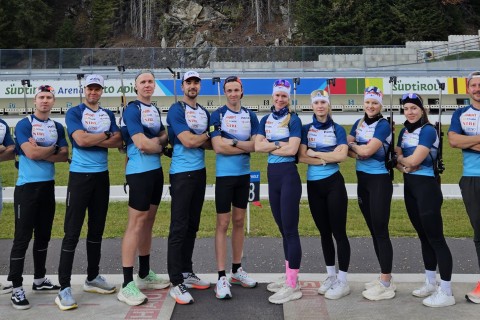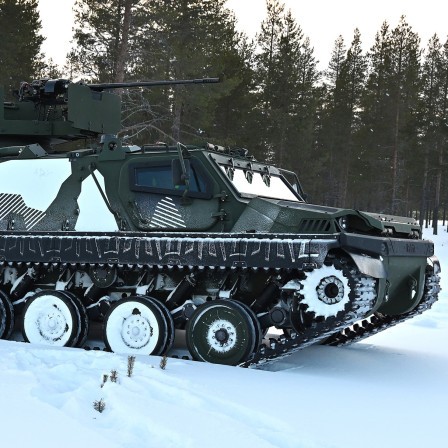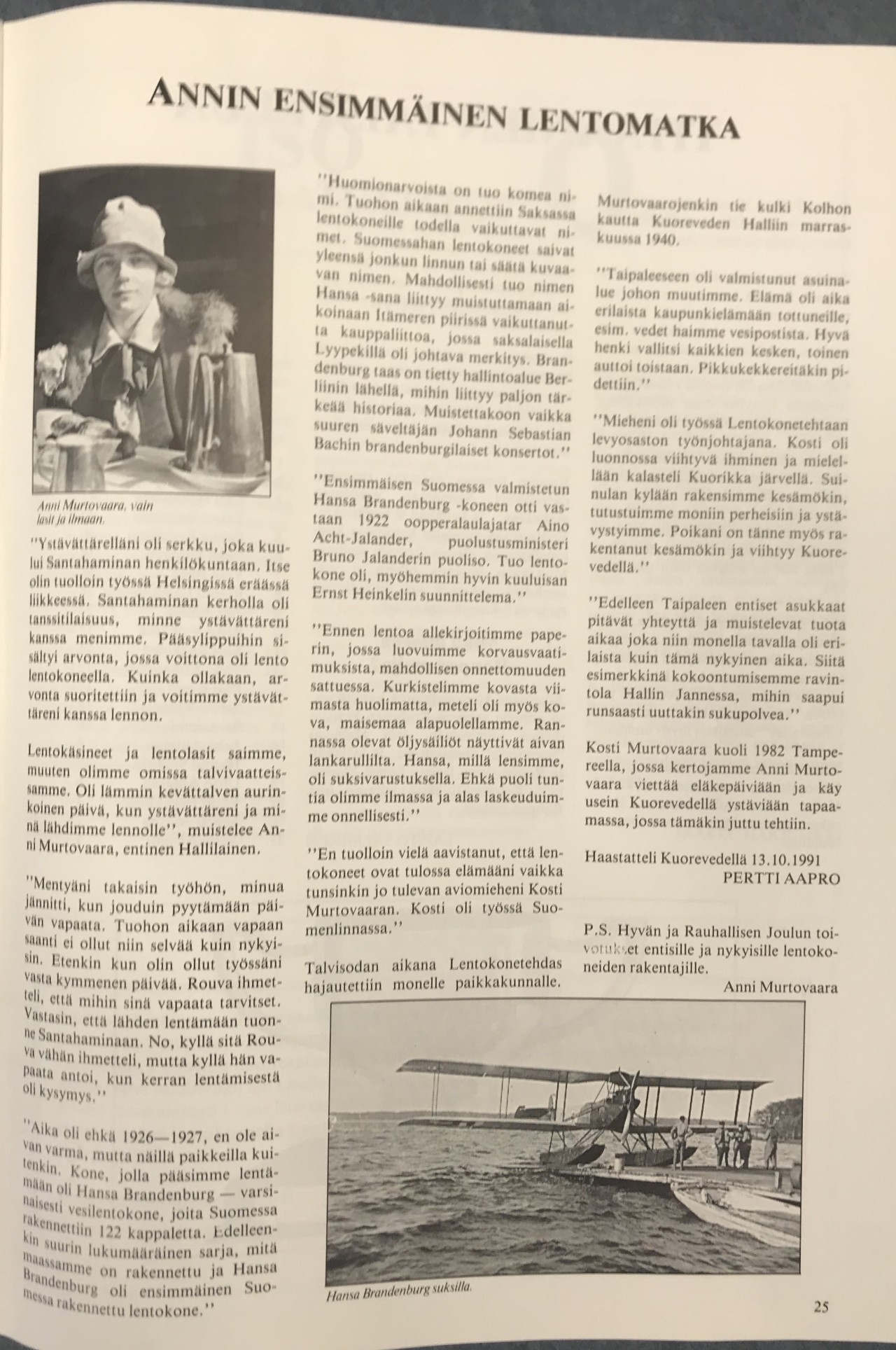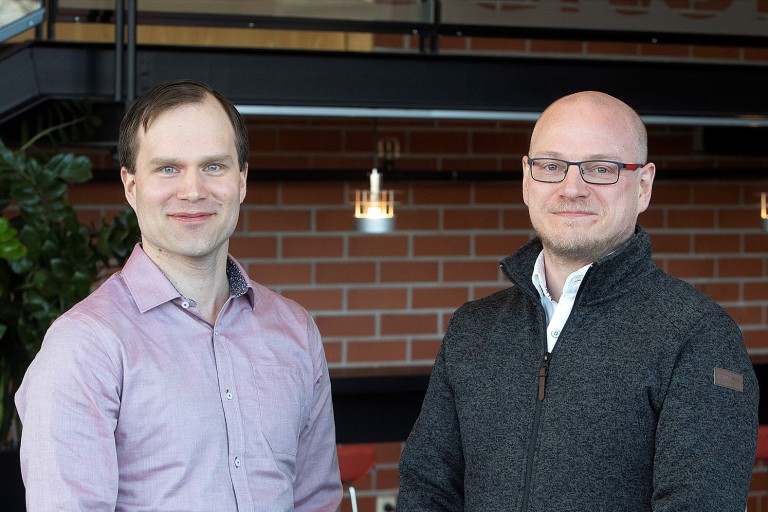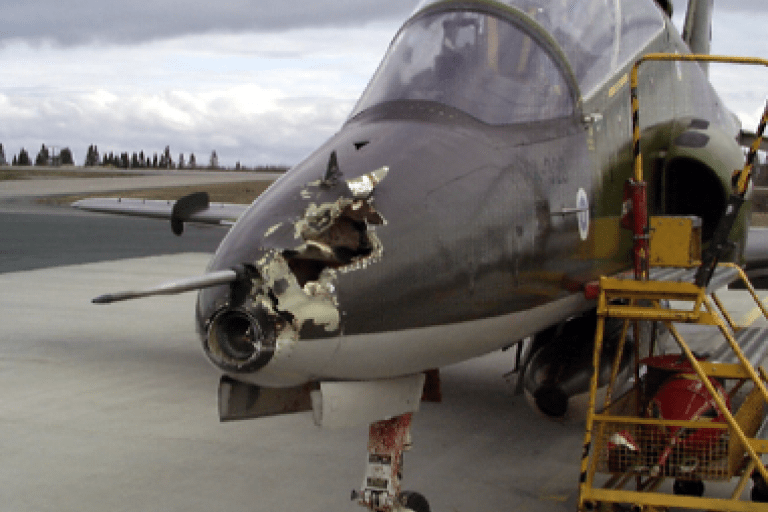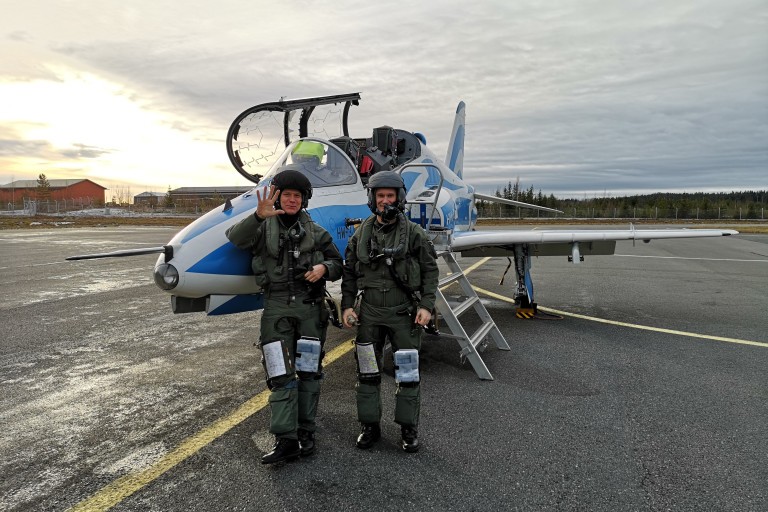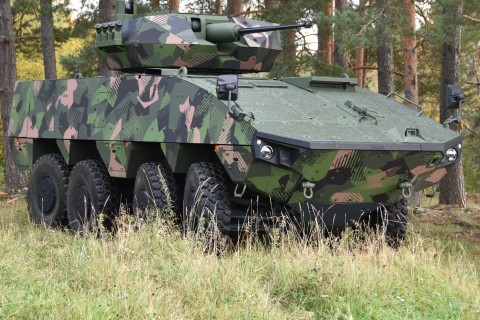
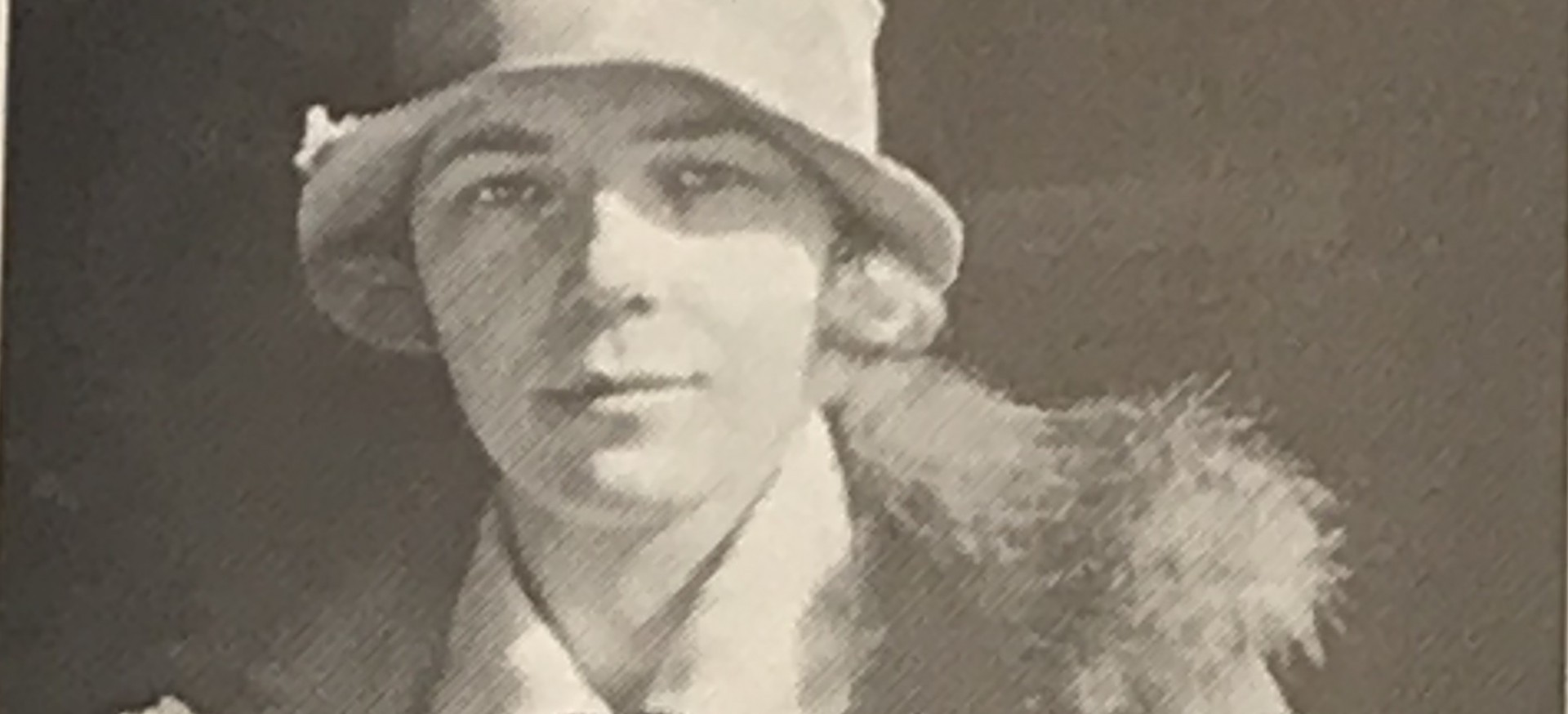
Anni's first air trip 1926/1927
20.9.2020
- Published in personnel magazine 3/1991. Interview by Pertti Aapro on 13.10.1991.
- My friend had a cousin who was part of Santahamina's staff. I myself was working in a shop in Helsinki at the time. The Santahamina club had a dance gathering where my friend and I went. Entrance tickets included a draw with a flight by plane as the win. How to be, the draw was conducted and my friend and I won the flight.
- Flight gloves and flight goggles, we got, otherwise we were in our own winter clothes. It was a warm spring winter sunny day when my friend and I took a flight, recalls Anni Murtovaara.
- When I went back to work, I was a bit anxious when I had to ask for the day off. At that time, taking a day off was not as clear as it is today. Especially since I'd only been at my job for ten days. The lady wondered what you need time off for. I replied that I'm going to fly over Santahamina. Well, that's what the lady wondered, but yes, she gave me time off once there was a question about flying.
- The time was maybe 1926-1927, I'm not quite sure, but around that time anyway. The plane we got to fly on was the Hansa Brandenburg — a seaplane of which 122 were built in Finland. Still the largest series of numbers that have been built in our country and the Hansa Brandenburg was the first aircraft built in Finland.
- Noteworthy is that handsome name. Around this time, in Germany, impressive names were given to aircraft. The Finnish designed aircraft were given the name of a bird or weather. Possibly that name Hansa is associated with resembling a trade union once influenced in the Baltic Sea, in which the German Lübeck had a leading role. Brandenburg, on the other hand, is a certain administrative area near Berlin, which involves a lot of important history. Let us remember the Brandenburg concertos of the great composer Johann Sebastian Bach.
- The first Hansa Brandenburg aircraft manufactured in Finland was received in 1922 by opera singer Aino Acht-Jalander, the spouse of Minister of Defence Bruno Jalander. That aircraft was, designed by the famous Ernst Heinkel.
- Before the flight, we signed a paper waiving claims for compensation, in the event of a possible accident. We were looking around in spite of the hard wind the landscape below us, the noice was also loud. The tanks of the oil refinery on the beach looked just like wire rolls. Hansa, which we were flying, was on ski gear. Maybe for half an hour we were in the air and landed succesfully.
- I did not yet foresee that aircraft were coming into my life, even though I already knew my future husband Kosti Murtovaara. Kosti was employed in Suomenlinna.
During the Winter War, the Aircraft Factory was decentralized to many localities. The road of the Murtovaara family also passed through Kolho to Kuorevesi in November 1940.
- There was a completed residential area in Taipale that we moved to. Life was quite different for people accustomed to urban life, e.g., the water we carried from a common water station. A good spirit prevailed among everyone, one helped each other. Little get-togethers were kept, too.
My husband was working as a foreman for the plate department of the Aircraft Plant. Kosti enjoyed nature and was happy to fish in Lake Kuorikka. In the village of Suinula, we built a summer house, got to know many families and made friends. My son has also built a summer house here and feels at home in Kuorevesi.
- Still, the former residents of Taipale stay in touch and look back on those times, which in so many ways were different from this current time. As an example, our gathering at Restaurant Halli's Janne, where also people of a new generation arrived.
Kosti Murtovaara died in 1982 in Tampere, where our narrator Anni Murtovaara spends her retirement days and often visits her friends in Kuorevesi, where this interview was done too.
What did you like about the article?
Thank you for your opinion! You can share the article on social media using the buttons below:
